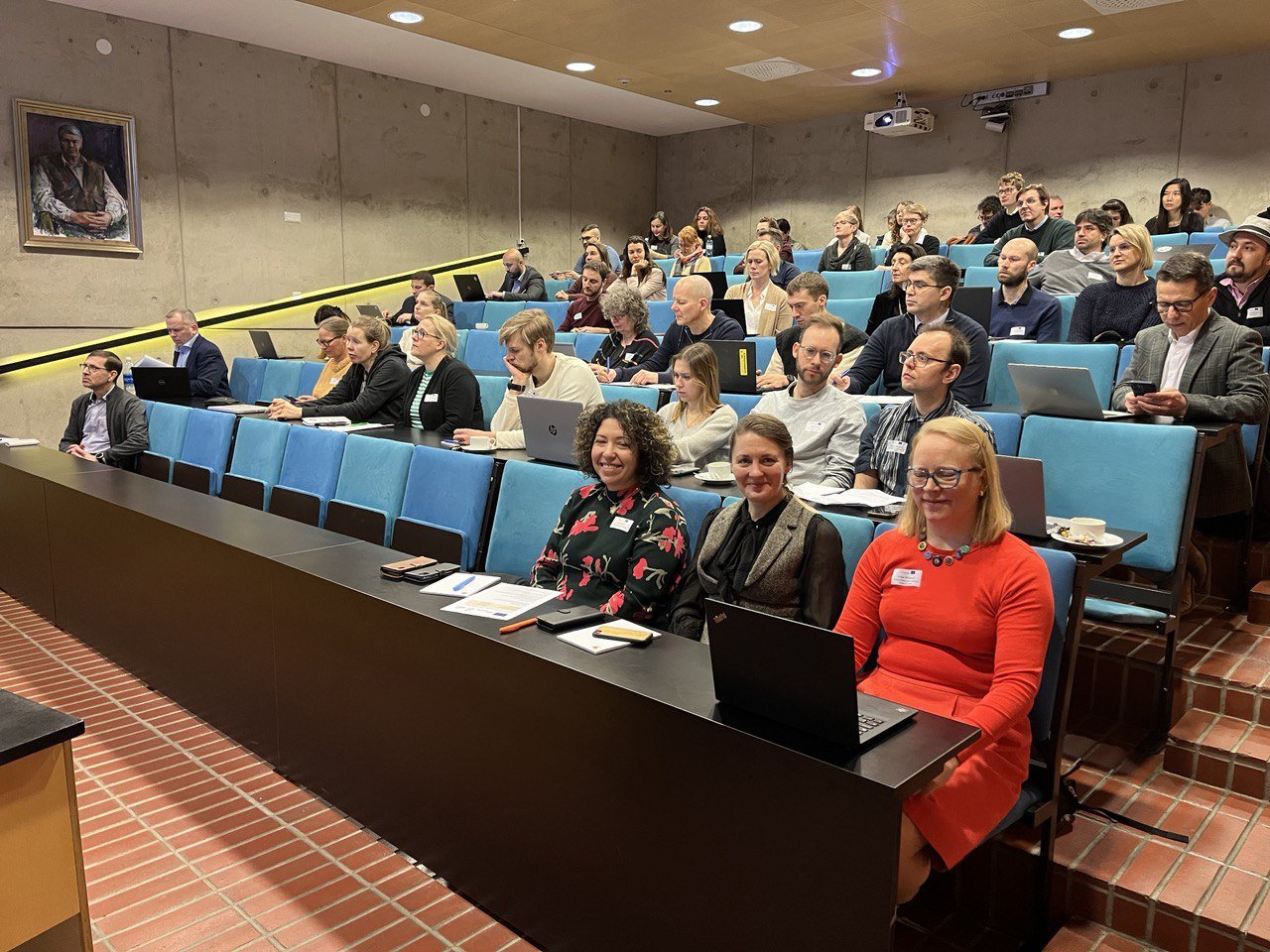CircHive kickoff in Joensuu – unforgettable experiences for two Luke newbies
CircHive kickoff was full of interesting presentations and enthusiastic discussion about biodiversity and natural capital accounting – and also some lovely program with good food and introduction to Finnish culture. Overall a memorable experience that is a great start for a new Horizon EU project!
We are two new research scientists in Luke and working mainly in a new Horizon EU project called CircHive. Project started with a two-day kickoff event in Joensuu organized by EFI and Luke.
Before we move forward with our kickoff experiences, a bit of introduction to the project: “The ultimate goal of CircHive is to mainstream the use of biodiversity footprinting (BF) and natural capital accounting (NCA) in an integrated approach through methods, models, and guidance developed, improved and piloted with case study partners, as well as creating a user community of frontrunner organizations (BEEHive) who have internalized and who recommend biodiversity (BD) positive approaches in measuring, reporting and strategy setting.”
In the project, we both are mainly responsible for biodiversity footprint calculations and methodology development. We are so much looking forward to learning more on the integration of Life Cycle Assessment (LCA) methodologies and biodiversity!
Interesting discussions about biodiversity footprinting and natural capital accounting
This was our first work trip in Luke and an extremely informative one. CircHive kickoff was full of enthusiasts in the field of biodiversity and natural capital accounting from different countries participating virtually as well as on-site.
During the days we got to hear great presentations from our partners and case-study partners. In work package sessions were intense discussions what are our next steps and what is expected from the CircHive project. Work package leaders also presented what their teams want to achieve through each work package and what is the importance of coordination and co-creation for the next five years of CircHive.
This kickoff was an eye opener and it was very interesting to see how much more is to be learnt and done in the field of biodiversity and natural capital accounting. We realized that harmonization and standardization of data and methodologies in biodiversity footprinting and building a connection with Natural Capital Accounting adds something new to the field. The developed BF and NCA methods are further tested in close collaboration with the case partners and further communicated to our larger, extended network through our BeeHive Community.
This meeting also helped us to understand the project from the perspective of different partners and stakeholders involved for the next 5 years and the importance of establishing a common ground and understanding of the overall aims of the project as well as specific tasks and aims under different work packages while working with large consortium. We had representatives from some of our case companies like Lacoste, Raiffeisen Bank, Stora Enso and Valio. They seemed to participate with equal enthusiasm to the discussions and also to deepen their understanding of their role in biodiversity conservation.
We hope this project will enable different business and public institutions to connect their activities and aims to nature better and understand their impacts!
Finnish winter experiences
Alongside the serious discussions about how critical the topic of biodiversity is and what we should already be doing to protect it, we had some fun additional program:
We had an excursion to Kuhasalo in Joensuu, where we also had an opportunity to try snowshoeing and ice fishing – some of us manage to even find a fish! This exciting excursion ended with a hot cup of coffee and warm juice with Karelian pies inside a hut.
There was also an ice breaker quiz session that included fun facts about Finland, lovely dinner, and for many adventurous ones ice swimming with sauna. Neither one of us were so adventurous this time but next time for sure!













